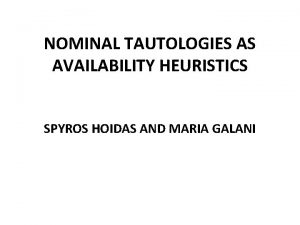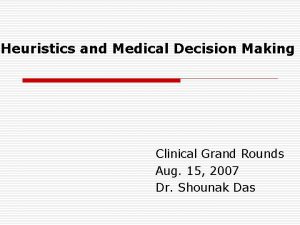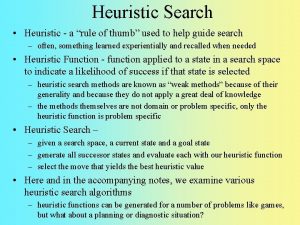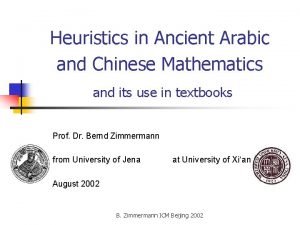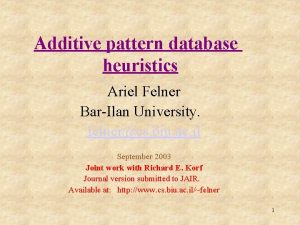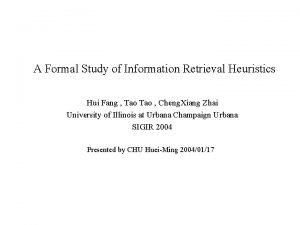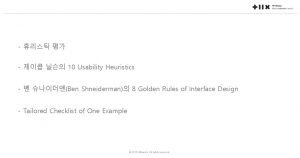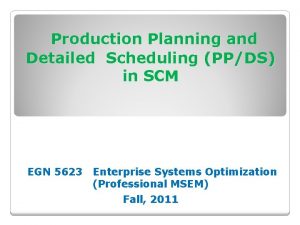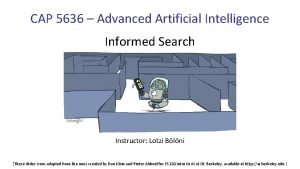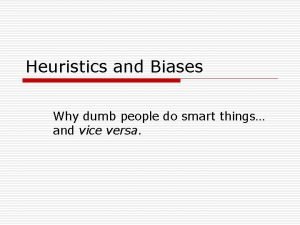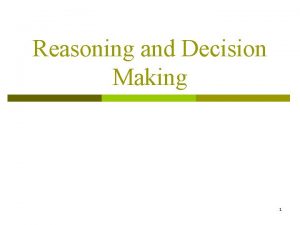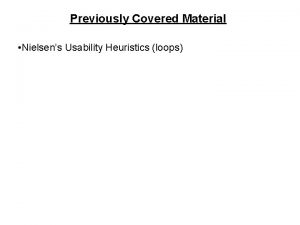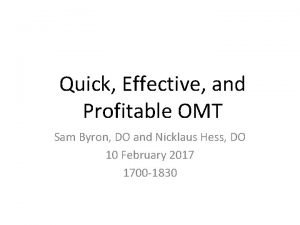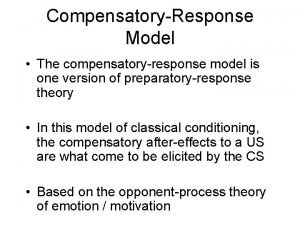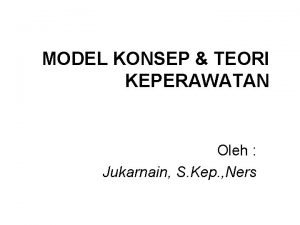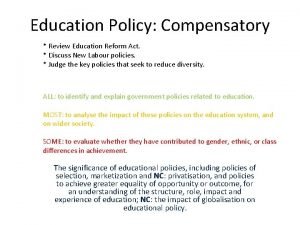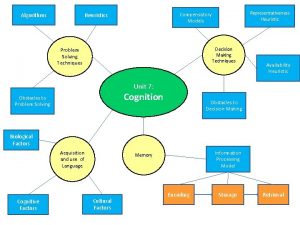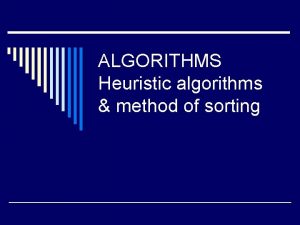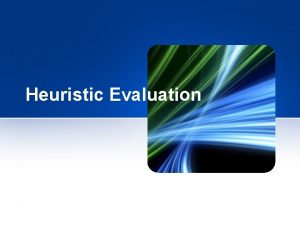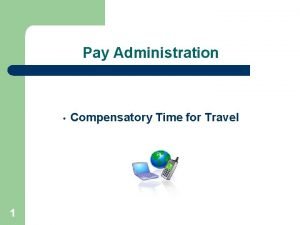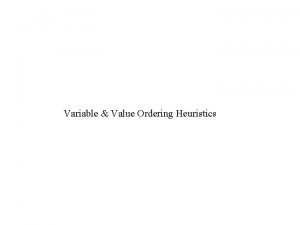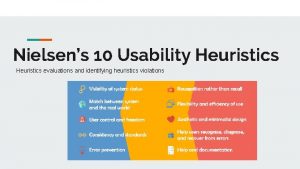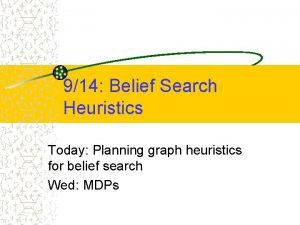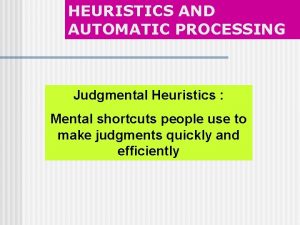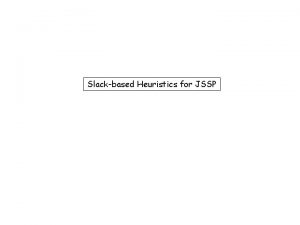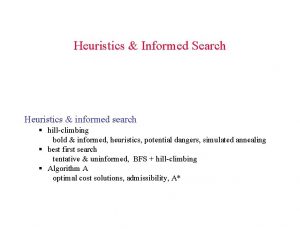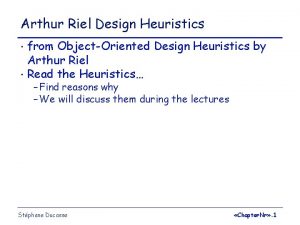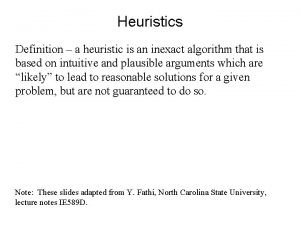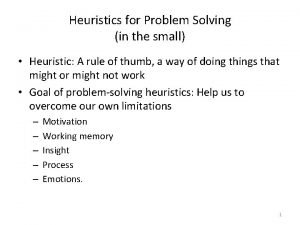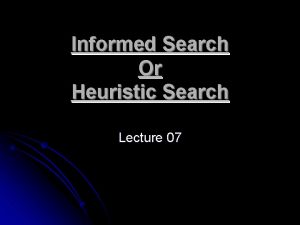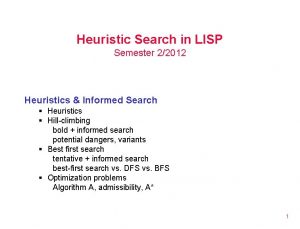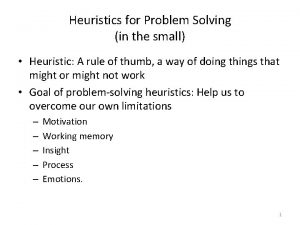LANGUAGE Algorithms Representativenes s Heuristic Compensatory Models Heuristics



















- Slides: 19

LANGUAGE

Algorithms Representativenes s Heuristic Compensatory Models Heuristics Decision Making Technique s Problem Solving Technique s Availability Heuristic Unit 6: Cognition Obstacles to Problem Solving Biological Factors Acquisition and use of Language Cognitive Factors Information Processing Model Memory We are here Cultural Factors Obstacles to Decision Making Encoding Storage Retrieval

ESSENTIAL TASK 6 -: • • • Language • • • Phonemes Morphemes Syntax semantics linguistic determinism Process of Language Acquisition • Babbling • One-word stage/Holophrastic Speech • Telegraphic speech Acquisition Theories • critical periods • Universal Inborn Grammar

LANGUAGE STRUCTURE Phonemes: The smallest distinct sound unit in a spoken language. For example: bat, has three phonemes b · a · t chat, has three phonemes ch · a · t How many meanings can you make by varying the vowel phoneme between B and T? Generally consonant phonemes carry more information.

STRUCTURING LANGUAGE Phonemes Basic sounds (about 40) … ea, sh. Morphemes Smallest meaningful units (100, 000) … un, for. Words Meaningful units (290, 500) … meat, pumpkin. Phrase Composed of two or more words (326, 000) … meat eater. Composed of many words (infinite) … She opened the jewelry box. Sentence

THINKING AND LANGUAGE Language Structure • Phonemes are the smallest sound units in language. • Consonant phonemes carry more meaning than vowel phonemes • Morphemes are the smallest units of language that carries meaning. Includes prefixes and suffixes. • Grammar: Rules in a language that allows us to properly understand it. • Semantics: How we get meaning from morphemes, words, and sentences. • Syntax: How to combine words into meaningful

GRAMMAR Grammar is the system of rules in a language that enable us to communicate with and understand others. Grammar Semantics Syntax

THINKING AND LANGUAGE How do we learn language? • Receptive language is the child’s ability to comprehend speech. Begins to mature before their productive language, which is their ability to produce words.

THINKING AND LANGUAGE • Productive Language is a child’s ability to produce words. (improves with improvement of receptive language) • Babbling Stage: (3 - 6 months after birth) A stage in speech development where the infant utters sounds unlike the family language. • One-word stage: (1 -2 years old) A stage in speech development where the infant speaks single words • Two-word stage: (2 years old) Infants speak in two-word phrases that resemble Telegraphic speech – speech like a “telegram” I. e. Want candy, me play, no eat…etc

WHEN DO WE LEARN LANGUAGE?

STRUCTURE OF LANGUAGE • Surface structure • How we order the sentence • Deep structure • Underlying meaning of a sentence (1) You close the door. (2) The door is closed by you. (3) Close the door!

THEORIES OF LANGUAGE DEVELOPMENT • Imitation • Operant Learning • Inborn Universal Grammar (Critical Period)

IMITATION • Don’t they just listen to what is said around them and then repeat it? • But, sentences produced by children are very different from adult sentences • • Cat stand up table A my pencil What the boy hit? Other one pants • And children who can’t speak for physiological reasons learn the language spoken to them. • When they overcome their speech impairment they immediately use the language for speaking.

OPERANT LEARNING • Language acquisition is governed by operant learning principles. • Imitation of the words/syntax modeled by others • Reinforcement by the caregiver • This assumes that children are being constantly reinforced for using good grammar and corrected when they use bad grammar. (Seldom occurs)

NATIVIST THEORIES (NATURE) ● Noam Chomsky – – – ● Ability to speak is hardwired, but environment is the trigger. Innate LAD: Language Acquisition Device Eric Lenneberg – Expanded the idea for a critical period for language acquisition.

CRITICAL PERIOD – ERIC LENNEBERG • Childhood seems to represent a critical period for mastering certain aspects of language • Once the critical period is over mastering the grammar of another language is very difficult • When a young brain does not learn language its language -learning capacity never develops.

THINKING AND LANGUAGE The Brain and Language • Language depends on a chain of events in several brain regions When we read aloud, the words: 1. Register in the visual area. 2. Relayed to the angular gyrus, which transforms the words into auditory code. 3. Received and understood in nearby Wernicke’s area 4. Sent to Broca’s area 5. Brocas controls the motor cortex as it creates the pronounced word.

THINKING AND LANGUAGE Damaged Brain and Language: • Depending on which link in this chain is damaged, a different form of aphasia (impaired use of language, usually caused by left hemisphere damage) occurs. • For example, damage to the angular gyrus leaves the person able to speak and understand but unable to read. • Damage to Wernicke’s area disrupts understanding. • Damage to Broca’s area disrupts speaking.

THINKING AND LANGUAGE Language influences thinking • Linguistic Benjamin Lee Whorf’s Linguistic determinism states language determines how we think. This is most evident in polylinguals (speaking 2 or more languages). • i. e. someone who speaks English and Chinese will feel differently depending on which language they are using. English has many words describing personal emotions and Chinese has many words describing inter-personal emotions. • Bilingual Speakers were able to inhibit their attention to irrelevant information. Known as the bilingual advantage.
 Np - /availability-heuristics/
Np - /availability-heuristics/ Types of heuristics
Types of heuristics A heuristic is a rule of thumb
A heuristic is a rule of thumb Heuristics in arabic
Heuristics in arabic Pattern database heuristics
Pattern database heuristics A formal study of information retrieval heuristics
A formal study of information retrieval heuristics Usability evaluation
Usability evaluation Product planning and detailed scheduling
Product planning and detailed scheduling Design heuristics cards
Design heuristics cards Heuristics
Heuristics Object oriented design heuristics arthur riel pdf
Object oriented design heuristics arthur riel pdf Recognition heuristic
Recognition heuristic Np - /availability-heuristics/
Np - /availability-heuristics/ Nielsens heuristics
Nielsens heuristics Pattern database heuristics
Pattern database heuristics Sam byron
Sam byron Liceo onesti fermo
Liceo onesti fermo Compensatory response
Compensatory response Tujuan teori keperawatan
Tujuan teori keperawatan Compensatory education policies
Compensatory education policies
